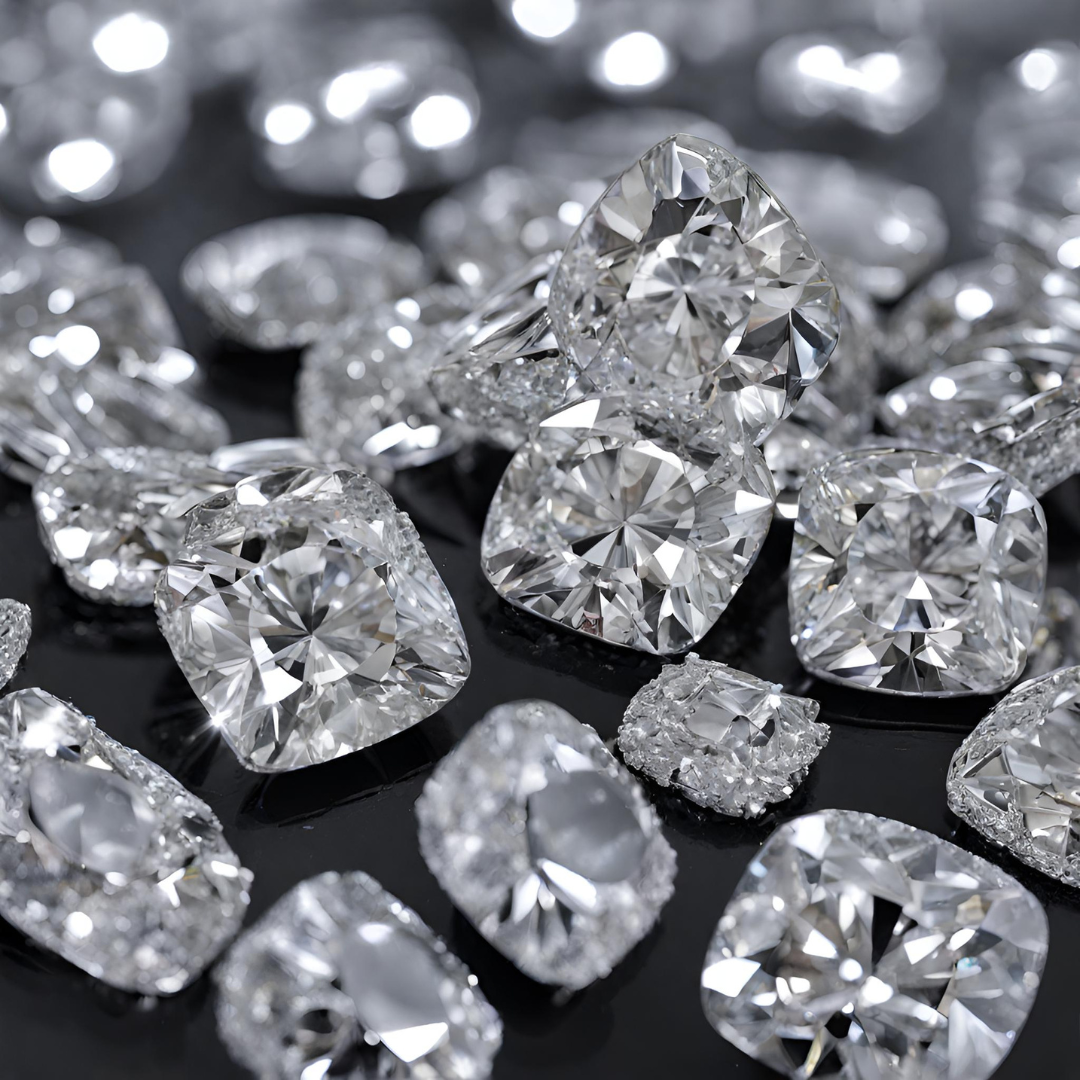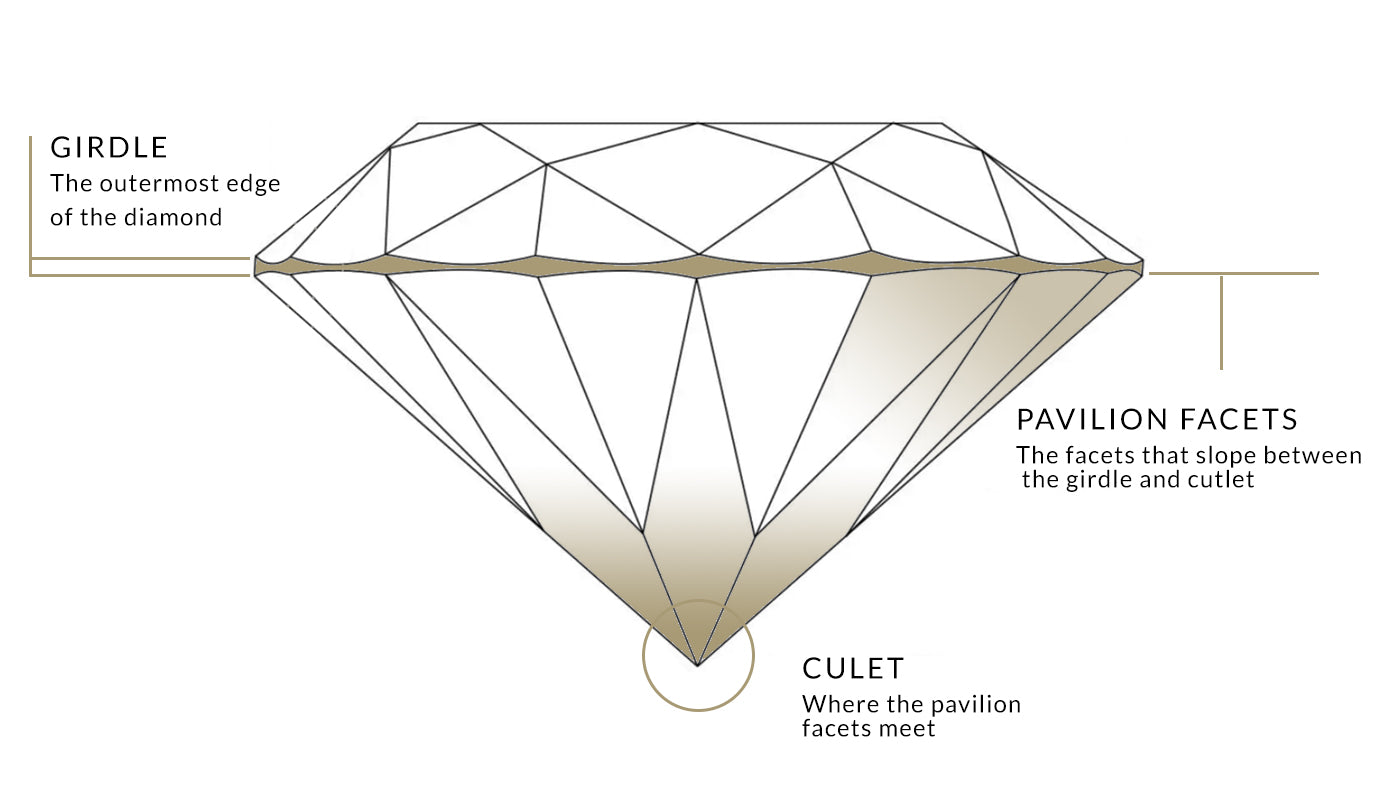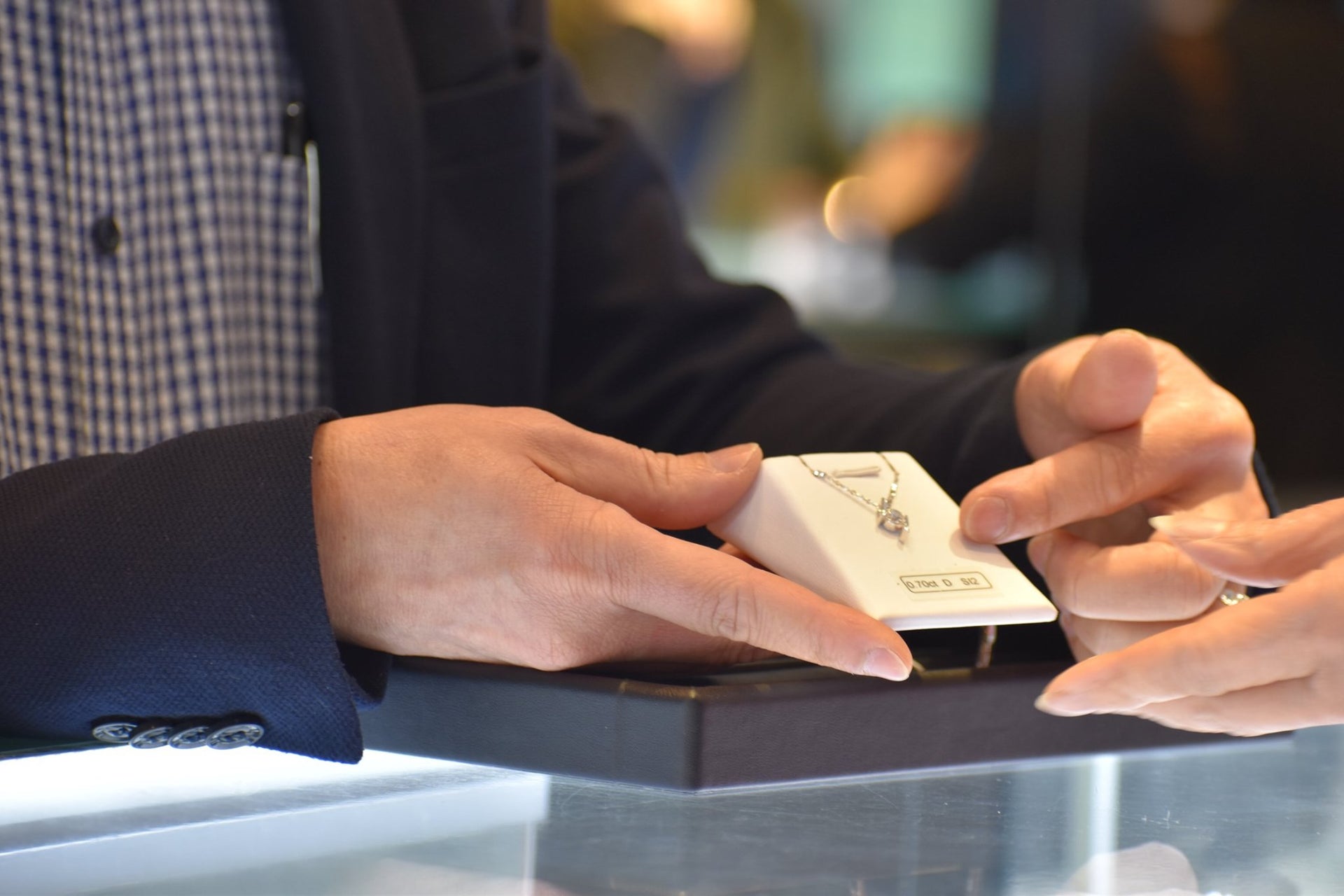
UNIQUE DIAMOND ENGAGEMENT RINGS
At SH Jewellery in Melbourne the most beautiful and amazing diamond engagement rings are on show. Our engagement rings are uniquely designed and are produced from the world's most high-end diamonds. You won't find the same engagement ring selection anywhere else in Melbourne. Our designers engage the most modern techniques for all rings. Whether you're after a ring that's unique and different, or something with a classic touch, we have a great selection to choose from. We carry engagement rings with different diamond shapes including:
HIGH END DIAMOND ENGAGEMENT RINGS MELBOURNE
Asking a person to marry you is a magical experience, a 'Once-In-A-Lifetime' moment. We understand this and believe only the best will do. At SH Jewellery we are very experienced in helping our customers find the perfect engagement ring, in fact the majority of our valued clients return to purchase their wedding rings when the big day arrives.We understand that you might be unsure of exactly where to start as it can sometimes be overwhelming having to choose from so many designs, diamond shapes, colours and clarities.
Apart from the shape of the diamonds, our engagement rings can be categorized into different ring setting styles.
DIAMOND RING SETTING STYLES
The ring setting will be the design that holds the precious diamonds in place.
Solitaire engagement rings are classic and elegant design. Featuring only a single diamond in the centre and allowing the stone's true beauty to be shown.
Our Timeless diamond engagement rings feature a few side diamonds and are exactly as described - simple, timeless and beautiful.
The Halo diamond engagement ring designs add a pinch of sophistication and enhances the beauty of the centre stone. These designs are very popular and have been trending upwards in recent years.
The Modern collection features rings that are very unique and will ensure your fingers are sparkling from left to right.
Wearing these diamond wedding rings will not go unnoticed.
The Three-stone engagement rings collection features a mix of classic simplicity and modern charm.
HISTORY OF DIAMONDS AND ENGAGEMENT RINGS

Millions of years ago, molten flows of volcanic lava, deep beneath the earth’s crust, carried pure carbon crystallized at high temperatures and pressures to the earth’s surface. The miracle of a diamond is that only a few survived this perilous journey, and only a very small percentage are of gemstone quality that are suitable for use in jewellery.
The ancient Egyptians believed that the 'vena amoris' (vein of love) runs directly from the fourth finger on the left hand to the heart. The tradition of wearing a ring on this finger is believed to have its roots in this Egyptian belief. The use of a diamond, symbolizing love and marriage began many centuries ago. Mary of Burgundy accepted the first ever documented diamond engagement ring in 1477, following the proposal of Archduke Maximilian of Austria.
Diamonds have been seen as a universal symbol of love and commitment for eternity. They represent purity, romance, love and perfection. Mankind’s fascination with diamonds reaches back throughout history, seen forever as indestructible, precious and beautiful.
Diamonds are the ultimate symbol of what love really is: divine, romantic and eternal. Each diamond has been created through a series of natural events turning an ancient element, carbon into the world’s most alluring and sought after gemstone.
As time went on, the diamond became seen as a precious object of beauty and desire, and the diamond engagement ring became increasingly popular. Changes in design and manufacture, and advances in new skills in cutting, were brought about and influenced by the fashion of the times.
Diamond cutting is the science and art of turning a mined piece of rough diamond into a beautiful, faceted gemstone. Early diamond cutters had many restrictions in the equipment available and knowledge of cutting, hence the early cuts were very primitive. In the 16th century, certain developments lead to a change from just polishing the sides of the natural crystals, to actual ‘faceting’, revealing the true beauty of these fascinating stones.
In these early days, old mine cuts were most popular. These diamonds were cut with a small table and high crown, along with a large faceted culet and a deep pavilion. The rose cut diamond was also very popular, featuring a faceted surface with a flat back. Over time, these cuts were eventually perfected into the modern round brilliant cut diamond.

The techniques for cutting diamonds have been developed over hundreds of years, with perhaps the greatest achievements made in 1919 by Marcel Toolkowsky. He was a gem enthusiast and mathematician, who developed the Round Brilliant Cut by working out the ideal proportions, and number of facets to achieve maximum amount of light return when viewed from above.
The modern Round Brilliant Cut diamond has 57 facets, with 33 on the crown (the top half), along with 24 on the pavilion (the lower half). The quality of a diamond’s cut is considered one of the most important of the 4Cs in determining the beauty of a diamond. Also highly important are the diamond's colour, clarity and carat weight. A number of other factors including symmetry, proportion, and polish, are determined by the quality of the cut and can affect the price and appearance of a diamond. A well cut diamond should show excellent fire, brilliance and scintillation, as the light is dispersed throughout the stone.



At SH Jewellery we maintain high quality control standards with our cutting partners and place large emphasis on crafting a perfect diamond that will sparkle for many years to come.
Our specialists at SH Jewellery will be glad to explain to you the 4Cs of a diamond and demonstrate what makes our diamonds so uniquely beautiful.
In times past, ring designs ranged from cluster rings, hoop rings, and princess rings (featuring a row of three to seven diamonds). It wasn’t till the 1940s that the solitaire (single stone) diamond engagement ring became popular, and still continues to be an attractive choice today.
At present we also have the choice of ‘fancy cut’ diamond shapes such as the Oval Brilliant, the Pear Cut, the Princess Cut, the Marquise Cut, the Cushion Cut, the Emerald Cut, and the Heart Shape just to name a few.


Modern engagement rings come in many different styles and metal alloys. White gold, platinum and yellow gold are generally used.
Three-stone rings called trilogy rings are popular, along with halo rings (perimetre of diamonds surrounding the centre stone), and timeless designs (a few diamonds set into the band). Diamonds are held in the ring through different types of setting styles - the three most commonly used setting styles are prong/claw set, bezel set and channel set. Prong/claw settings are the most popular setting style for diamond jewellery. The prong setting consists of four or six claws that hold the diamond securely in place, revealing the body of the diamond and allowing the maximum amount of light to enter from all angles.
Need a diamond specialist to help you?
Choose the perfect engagement ring?
Visit our Melbourne SH Jewellery Shop to explore an exquisite array of ring settings. As Melbourne’s premier jewellery experts, diamond wedding rings are our forte. We pride ourselves on delivering personalized, attentive service. Our diamond specialists are eager to offer guidance and share valuable insights into the latest trends and designs in engagement rings.
Your engagement ring is a ‘Once-In-A-Lifetime’ treasure. We understand how enchanting and unforgettable this moment is, and at SH Jewellery, we're here to ensure the process is effortless as you discover the perfect ring.






















